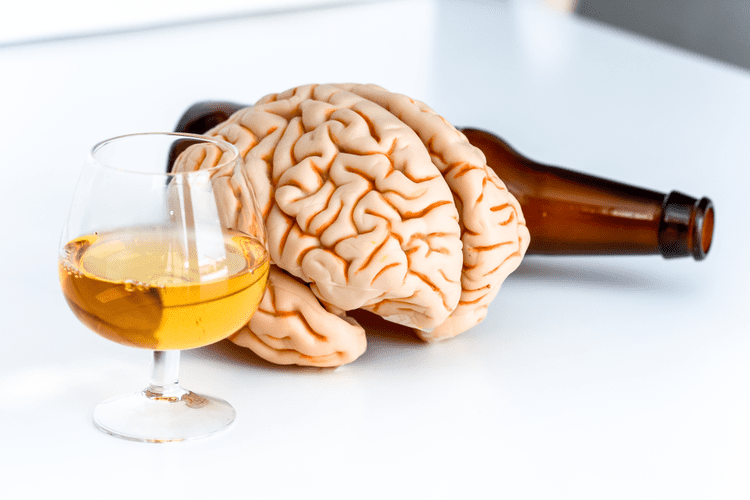Internal vs External Triggers: Key Differences
For example, ensuring proper nutrition and rest can significantly decrease stress and emotional distress, reducing the likelihood of relapse. Incorporating HALT awareness into daily routines empowers individuals to take proactive steps toward maintaining their recovery. Conversely, external triggers can be avoided more easily through internal and external triggers examples proactive planning, such as steering clear of specific environments or individuals that evoke cravings. We must be aware of these potential triggers to maintain our recovery journey and stay on the path of sobriety.
How Do Emotions Connect to Triggers?
- Regularly checking in with one’s emotional state allows for timely action—engaging in healthy activities can serve as powerful distractions from cravings.
- Dr. Ashish Bhatt, MD explains how to recognize these triggers and avoid relapse.
- A therapist can also help determine the origin of your trauma response by helping you examine the environment of your PTSD reaction.
- In early recovery, boredom and social isolation can be powerful triggers for relapse.
- Internal triggers can be more difficult to manage than external triggers as you cannot physically separate yourself from your thoughts and emotions.
The key is to be proactive rather than reactive when it comes to situational triggers. Establishing sober friendships and attending therapy—either in groups or on an individual basis—furnishes critical assistance during challenging times. When faced with cravings, reaching out to trusted friends or family can redirect thoughts, providing https://mahirdigital.com/choose-the-correct-cycle-of-addiction-discovering-2/ both accountability and encouragement. Kelly has fourteen years nursing experience as a Registered Nurse, Nurse Manager, and Advanced Practice Nurse in both psychiatric and substance use disorder settings. She has worked in inpatient settings as well as provided community nursing as a Nurse Practitioner. Kelly brings empathy to an underserved population and her clients share that they feel listened to without judgment.

Types of Trauma Triggers
Unlike internal triggers, which stem from emotions or thoughts, these are tied to physical surroundings or events 4. Tracking emotional patterns and staying consistent with these strategies can make a huge difference. Programs like those at Ikon Recovery Center offer tailored support to help individuals strengthen their ability to handle internal triggers. Addressing these triggers is key for maintaining recovery, as they can appear unexpectedly and require ongoing attention. Recognising what these internal triggers may be is crucial for developing effective support strategies.
Substance Treatment

Seeing these items can make you feel like you need to drink in order to cope with life’s problems. It is important to remove all alcohol-related items from your home Alcoholics Anonymous and to avoid places where they may be present. There are many different types of relapse triggers, and understanding them is key to preventing a relapse from occurring.

